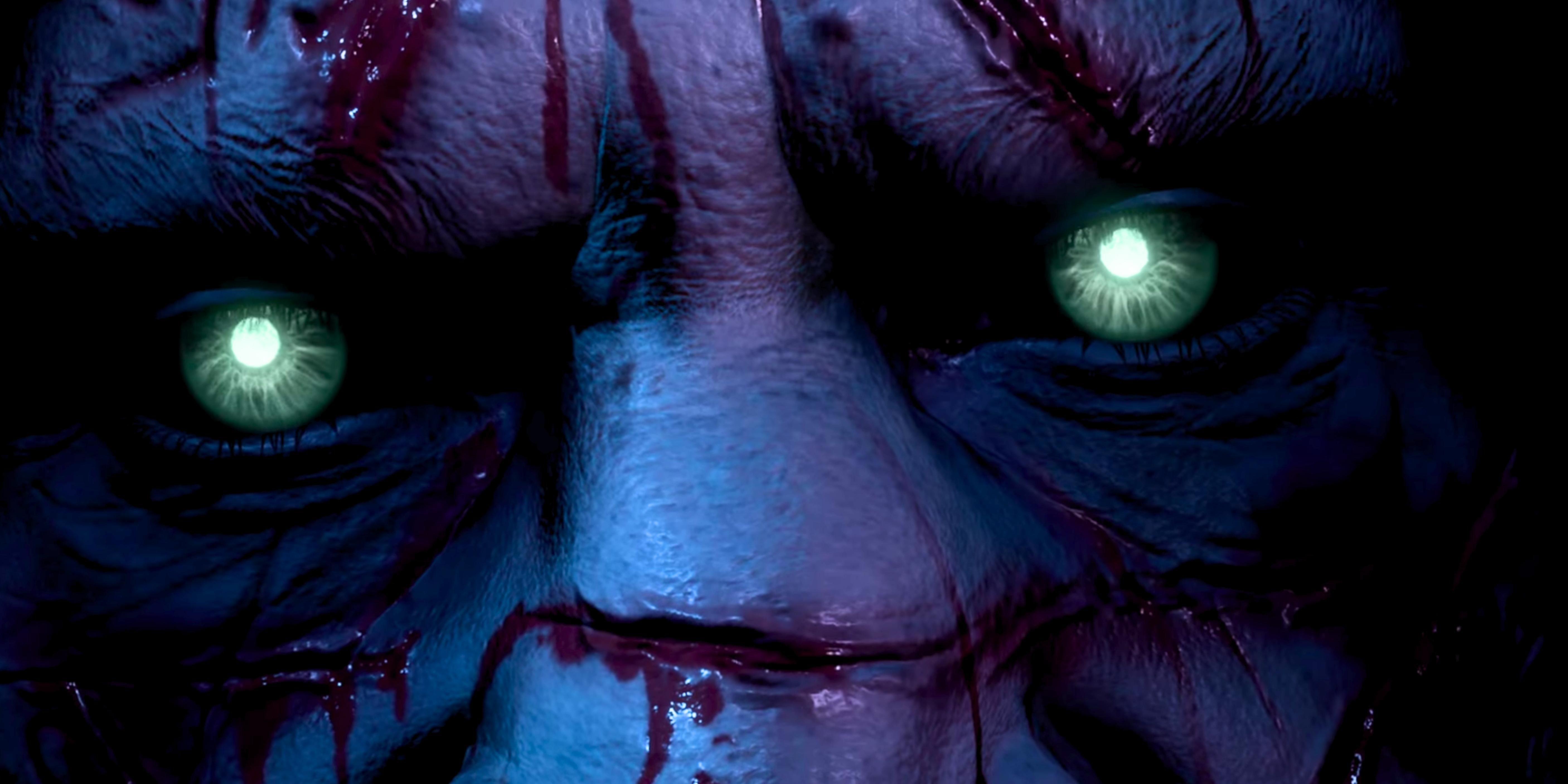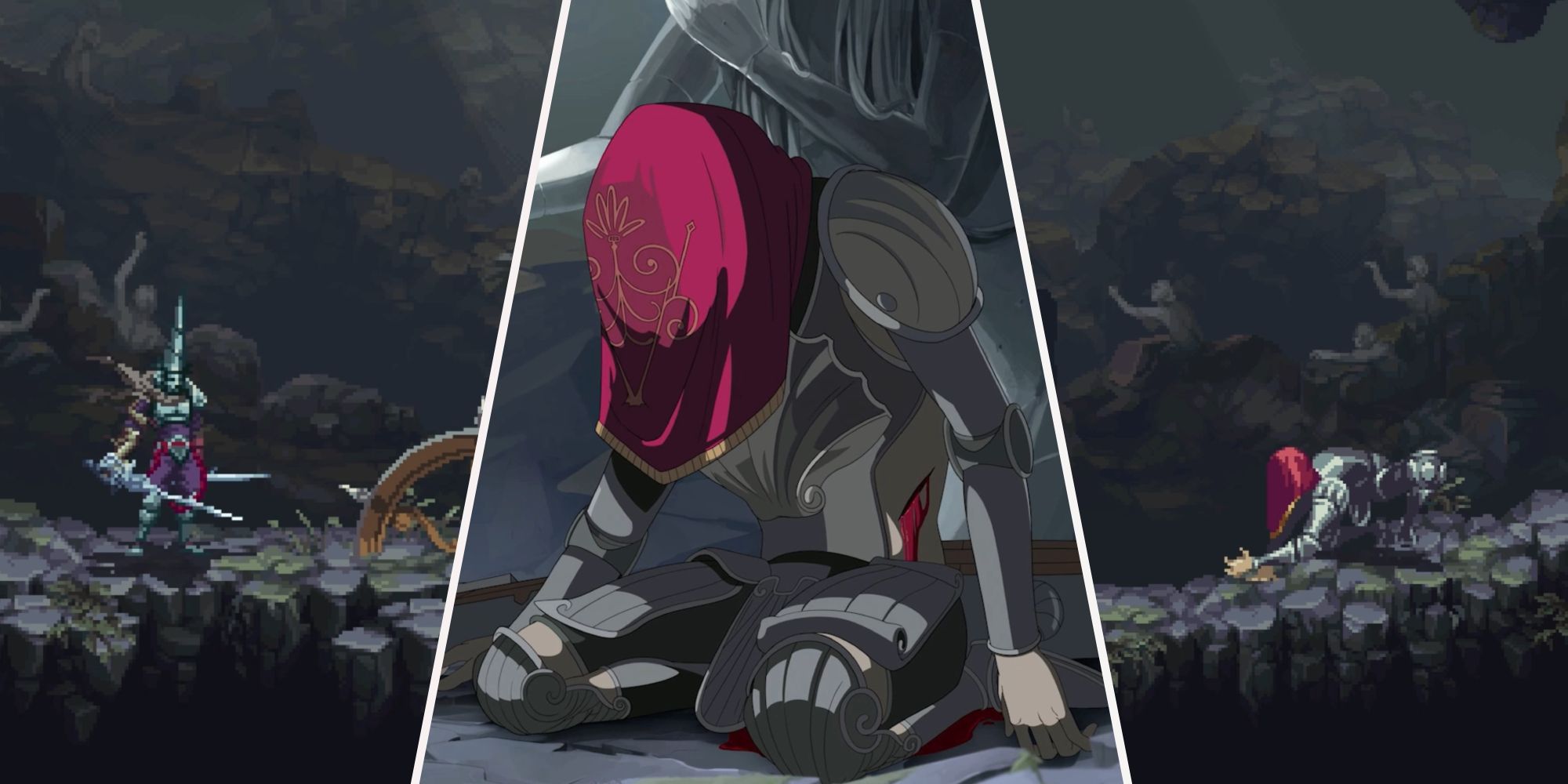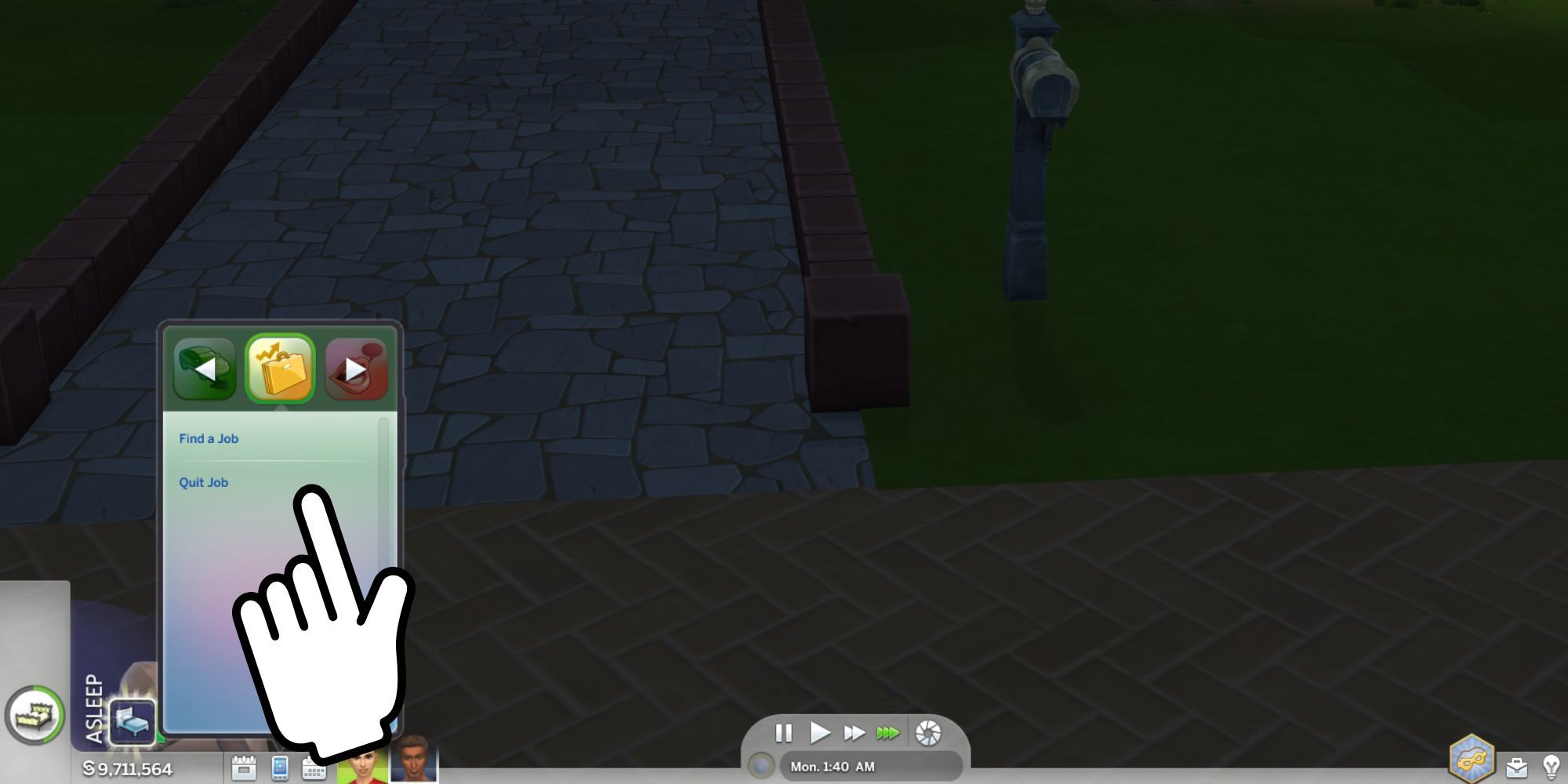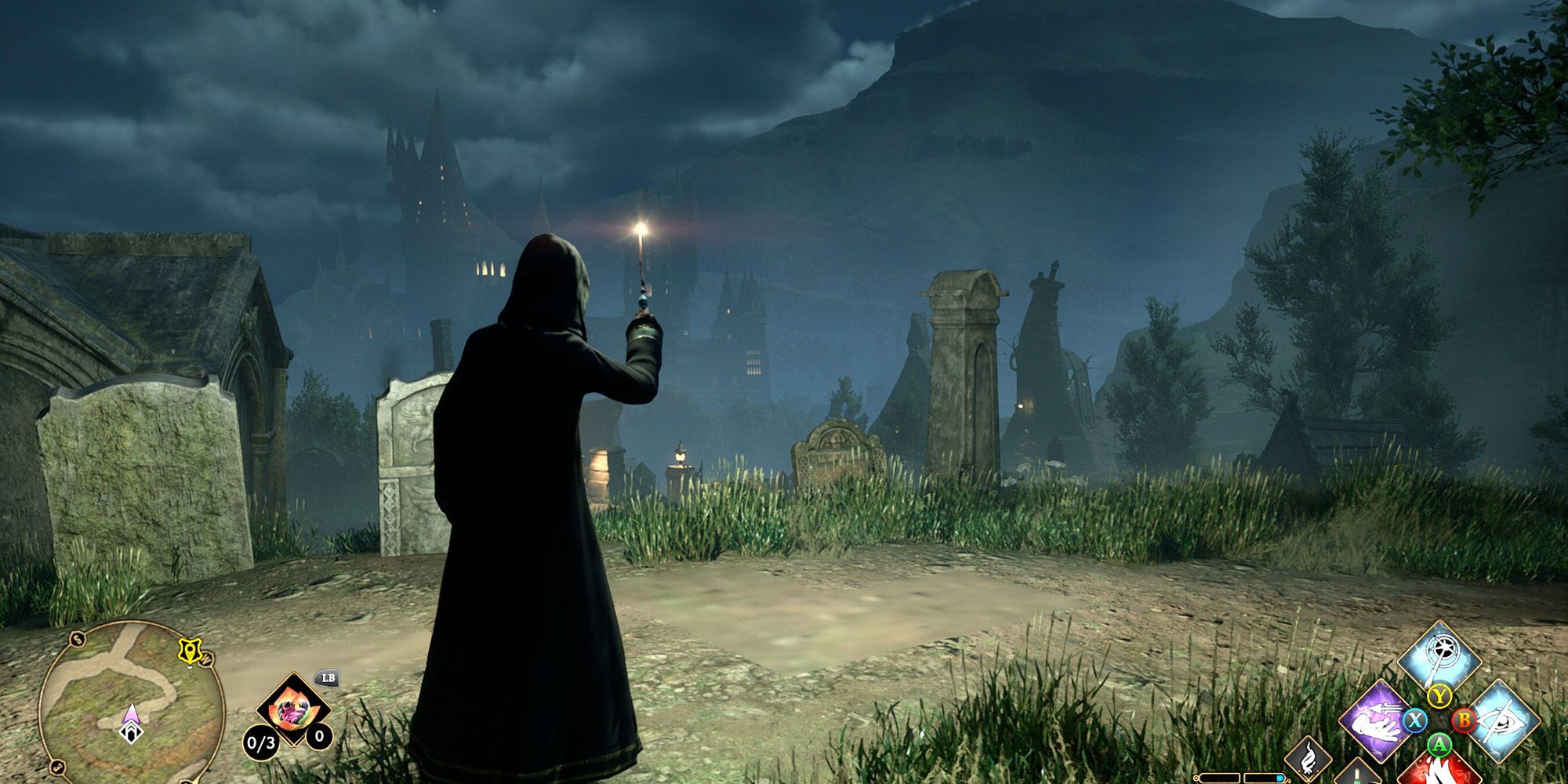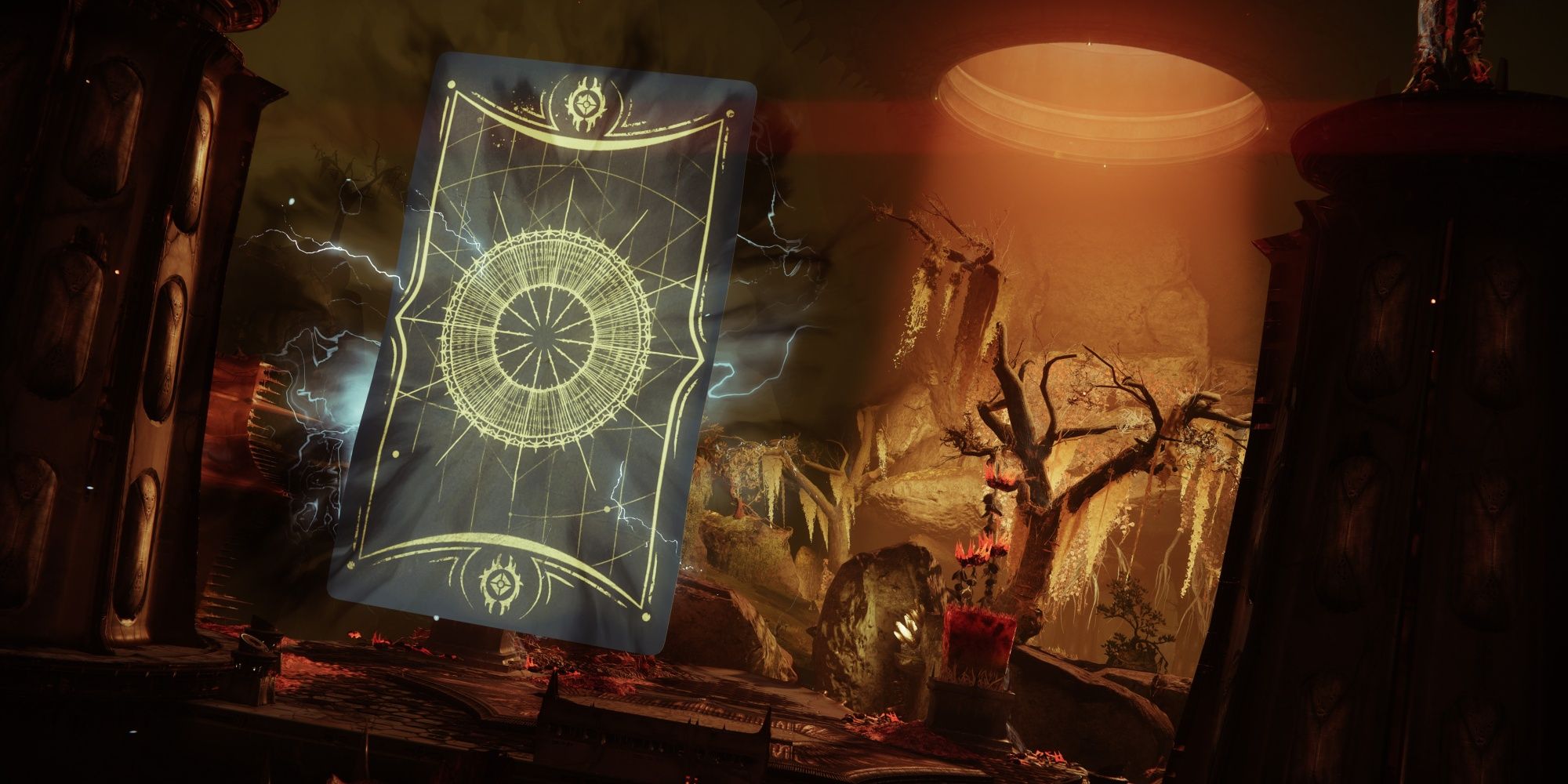Warhammer’s Old World is making a comeback, so get ready to paint some textiles!
Warhammer's Old World is making a comeback, so get ready to paint some textiles!
The Cities of Sigmar: A Textile Painting Nightmare

Imagine this: you’ve been a master of painting miniatures for years. You’ve conquered Space Marines, crushed orks, and silenced the Chaos. But then, Games Workshop drops their latest release, the highly anticipated Cities of Sigmar boxed set for Warhammer: Age of Sigmar. And you, my friend, are absolutely terrified. Why, you ask? It’s all because of one thing – textiles!
While most miniature materials have handy shortcuts and tricks, textiles pose a unique challenge. Those capes, cloaks, and smocks are massive, smooth surfaces that require texture, shadow, and volume. And let’s be honest, painting textiles is a skill many of us have yet to master, including me.
You see, painting chainmail? Easy peasy. Just slap on some metallic paint, wash it down, drybrush, and voila! But when it comes to textiles, we’re left with big, blank spaces on the model. Sure, there may be folds and creases that guide our highlights, but in medieval-themed models like these, capes and tunics are the real deal. They’re the focal points that make our miniatures stand out on the table and demand that extra touch of attention.
With the launch of the new Cities of Sigmar line, Warhammer Fantasy’s Old World is making a roaring comeback. And guess what? It’s brimming with more cloth than ever before! So, we better tackle this textile painting nightmare head-on.
Now, how can we conquer this challenge? One technique that caught my eye is wet blending. It’s a method that employs a full palette of similarly colored paints to create a nuanced look. Vince Venturella, the reigning wet blending wizard, has a treasure trove of YouTube videos that’ll guide painters of all skill levels through the process.
- FIFA 23: Trivela Tutorial
- Blasphemous 2: Defeating Lesmes, the Incorrupt Sacristan
- Fort Solis: Unlocking The Surgery Guide
Another valuable technique for painting cloth is stippling. It’s about using tiny dots of paint to simulate texture. Some artists, like the talented crew at Artis Opus, even use stippling for the basecoat. They wield larger brushes, reminiscent of makeup brushes, to cover large areas while preserving those crucial shadows. On the other hand, artists like Angel Hiraldez prefer traditional brushes to mimic different materials.
No matter which route you choose, these techniques will come in handy for your next army, especially when the Old World finally breaks cover. Embrace the challenge, my fellow painters, and let’s conquer the daunting task of painting textiles together. Remember, we may be scared, but fear is just another canvas waiting to be conquered!
So grab those brushes, put on your war paint, and get ready to unleash your inner textile maestro!
